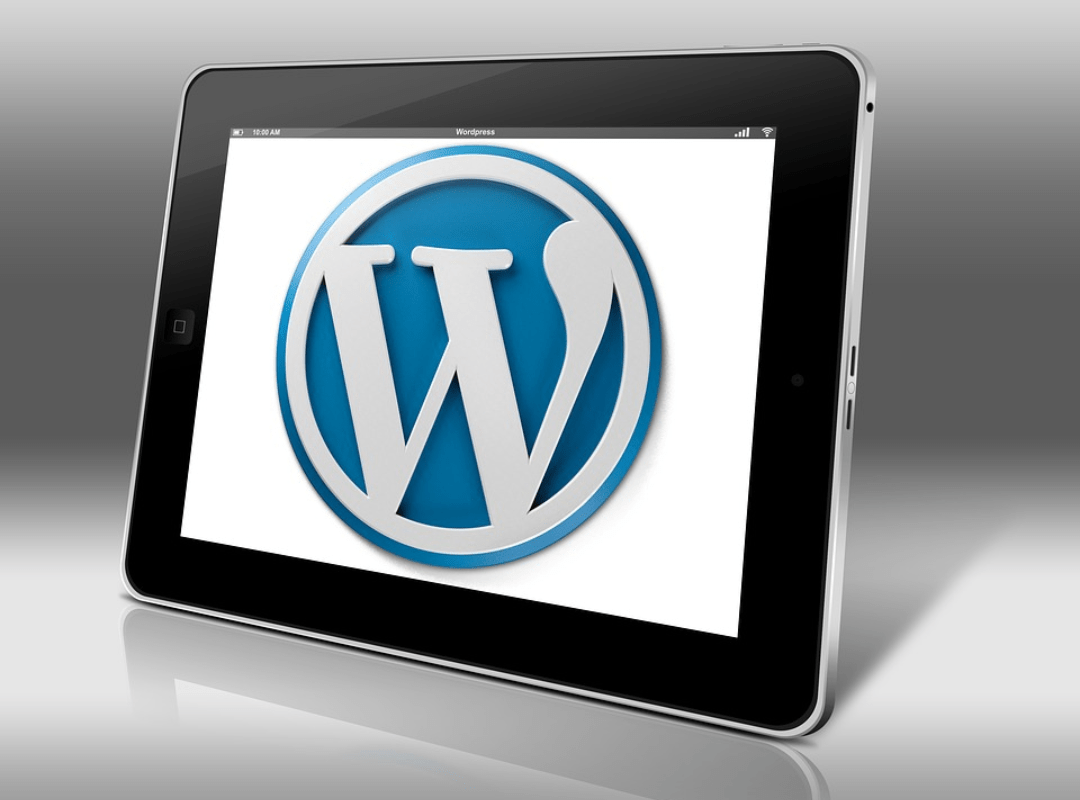Do you know what is alt text in SEO? Most of us don’t know that it helps us in optimizing an image for SEO. In fact, a lot of us don’t know how to how to optimize an image for search engine optimization. Image optimization is one of the basic steps of search engine optimization and to do it, one must know about what is alt text in SEO and other parameters. Without proper image optimisation, websites may lose a number of visitors. This blog aims at simplifying the process of image optimization for SEO, for the readers.
Image optimization is the process of compressing the image and optimizing it for search engines with alt text and designing them appropriately. It drives traffic to a website by decreasing loading times and decreases bounce rates. Optimized images rank higher in search engines and improve the overall optimization of a website. Mentioned below are six ways in which images can be properly optimized to get higher rankings and more website visitors.
Learn how to optimize an image for search engine optimization by following these six tips:

1. Use Relevant Images
To learn how to optimize an image for search engine optimization, we need to understand the importance of relevant images. Relevancy of images to the content is a major factor in image optimization for SEO. Try to use original images, create infographics, or post high-resolution photos of the company or products. Websites like Canva and PicMonkey allow you to create custom images easily. In case you can’t post an original image, never use an image from google as they might be copyrighted. Instead, use stock images from free websites like Pixabay or ShutterStock.
Though, it is advised to use original images, as most visitors ignore stock photos. Original and relevant images make the website stand out in SERPs and attract more visitors. Read about the importance of creating infographics, in our blog: IMPORTANCE OF CREATING INFOGRAPHICS IN DIGITAL MARKETING.
2. Choose the right image format
Before learning how to optimize an image for search engine optimization, you need to choose the right image format. JPEG, PNG, and GIF are some of the image formats, in which images can be uploaded on websites. PNG is a popular format because the quality of the image does not degrade even after multiple compressions or edits in this format. Many websites use GIF format, as it supports moving images and also small sized images. The most widely used format is JPEG and is used for digital photographs. JPEG is the best format that can be used. This is because images in the JPEG format are small and load fast. Since JPEG images are usually small, you don’t have to compress them either.
3. Optimize image size
The size of an image is an important factor in image optimization for SEO. Image size determines the page loading time. Heavier images will increase page loading time. High page loading time results in high bounce rates, which affects website rankings. The image size can be reduced by either reducing the dimensions or by reducing file size. You can use photoshop or online compressing sites. If your website is built on WordPress, then there are many good wordpress plugings available for reducing the image size, without spoiling its quality.
Also know how to cut an image in Photoshop in our blog: HOW TO CUT AN IMAGE IN PHOTOSHOP: THE USEFUL TOOLS.
4. Use descriptive image names
While doing image optimization for SEO, use descriptive, keyword-rich names for the images. To ensure proper optimisation, you have to edit the image name in the HTML codes for the image. The keywords or phrases in the name should be separated so that humans can read the name easily. The name of the image should be short and relevant to the image content.
5. Use alt tags
Alt (alternate) tags are a major factor for image optimization. So, what is alt text in SEO? Like title tags or image names, alt text provides a description of the image files. The alt text appears when a browser cannot properly render an image or if the file is taking too long to load. Search engines cannot read or identify images. The alt description thus informs the search engines about the content of the images. Adding keywords to the alt tag helps a website rank higher in the search engine result pages.
For proper optimization of images, make sure that the alt text is relevant to the image and also the content of the webpage. Inculcate long-tail keywords as they describe the image better. To add alt text, add alt=”insert alt text here” to the image tag in the HTML code.
Here is an example.
<img src=”image-optimisation”.jpg” alt=”how to optimise image for search engine optimisation”/>
The best image optimization practice is to add keywords to alt text and keep it short, descriptive, and easy to read. Read about how metatags impact SEO rankings, in our blog: HOW META TAGS IMPACT SEO RANKINGS: IMPORTANCE & TECHNIQUES.
6. Add image sitemap
Adding image sitemaps makes it easier for search engines to crawl and index a website’s images. You can create a sitemap for only images or add the information to an existing sitemap. There are a number of online sitemap generators and plugins that can be used to generate sitemaps for images.
Image optimization takes a bit of effort, but it is important for SEO, as it leads to higher rankings. By following these simple steps you can boost search engine optimization and also increase website traffic.











